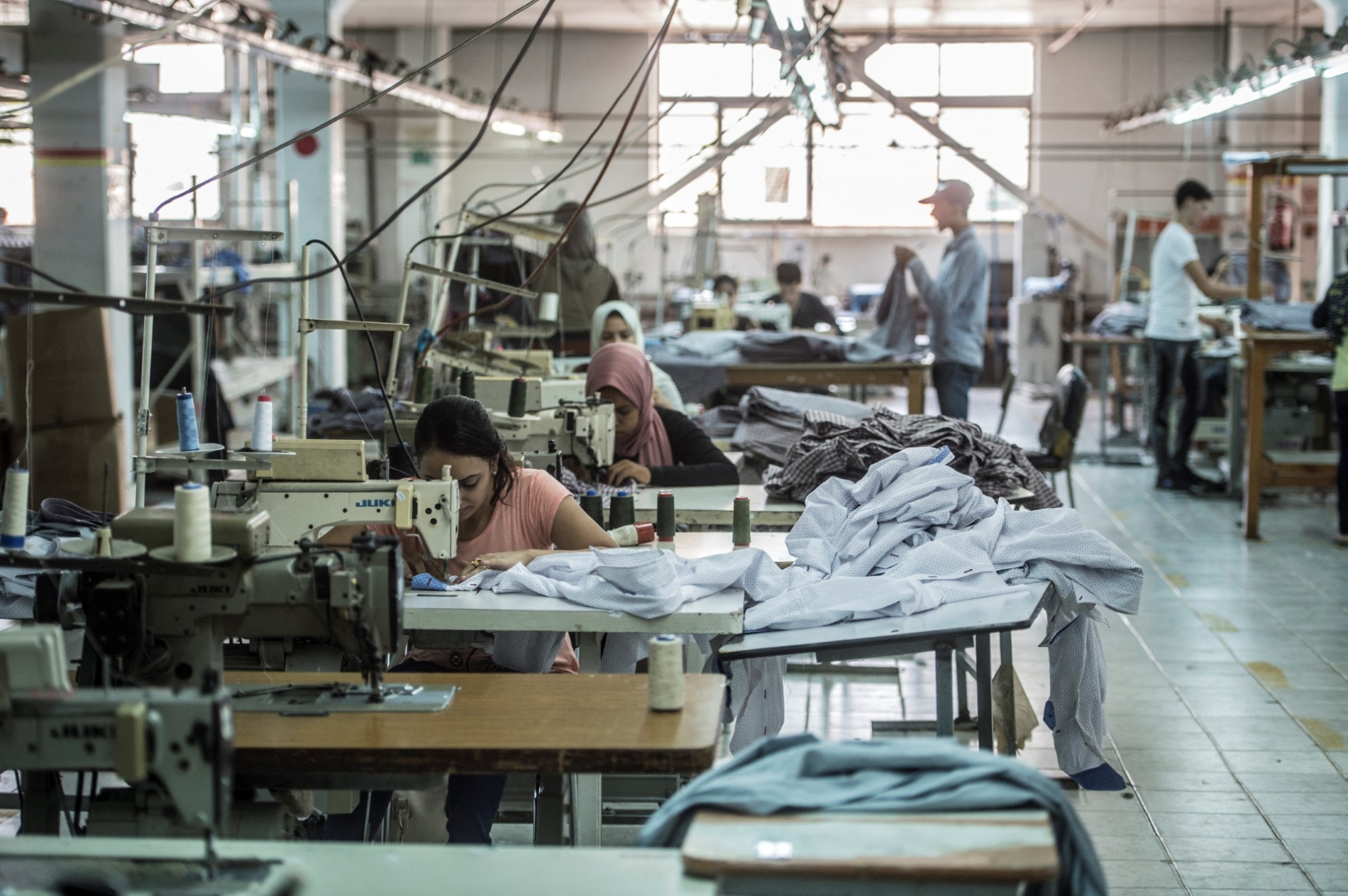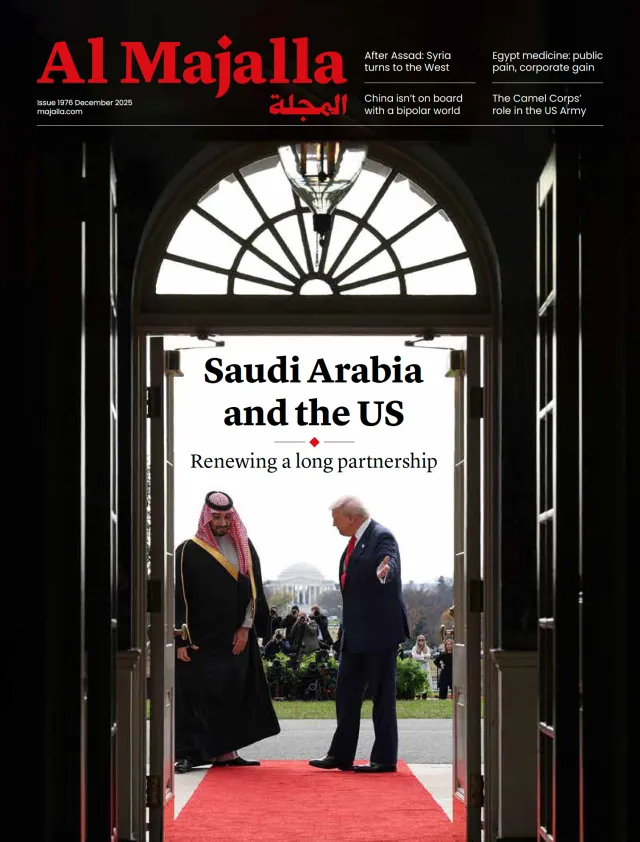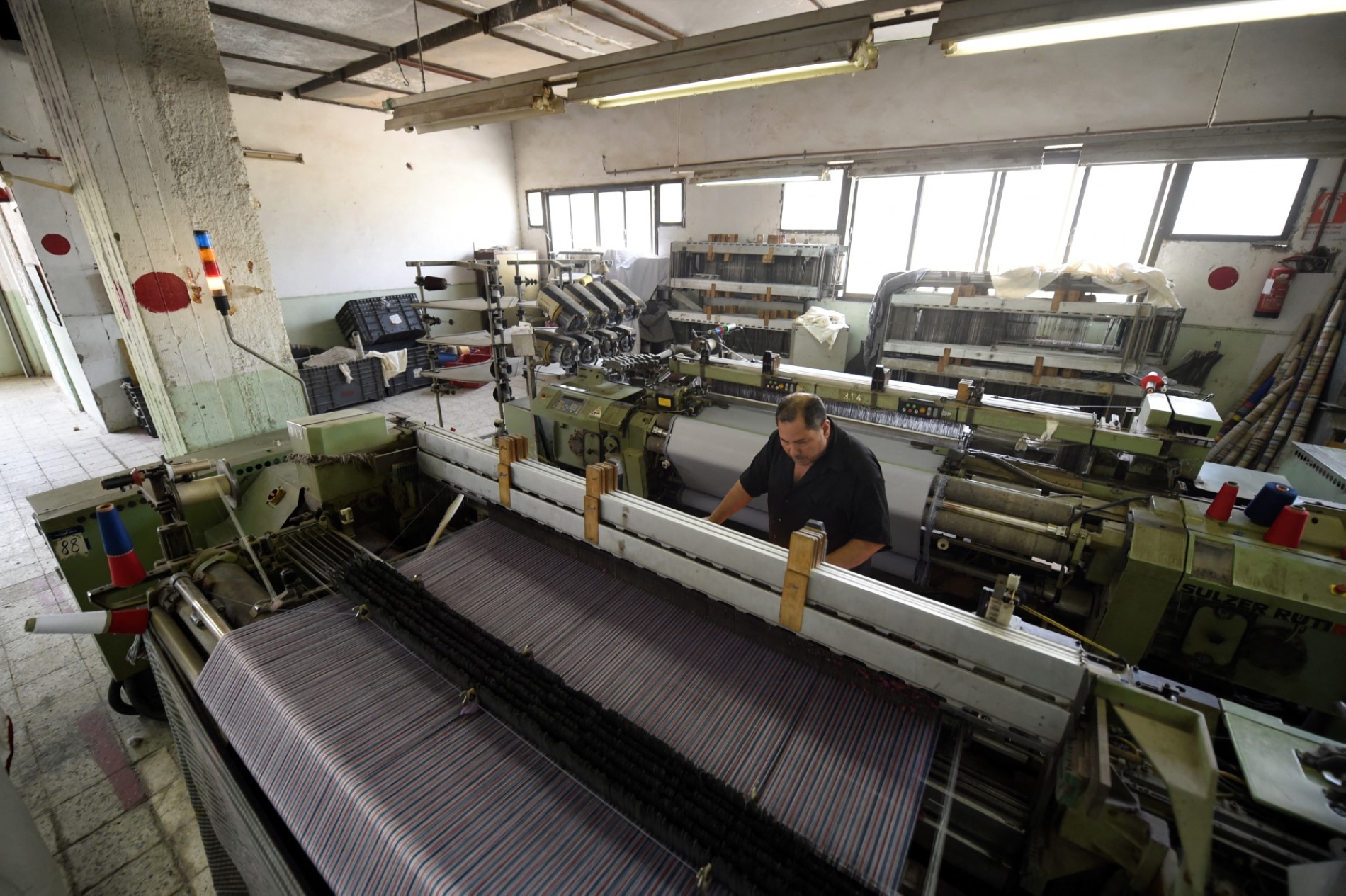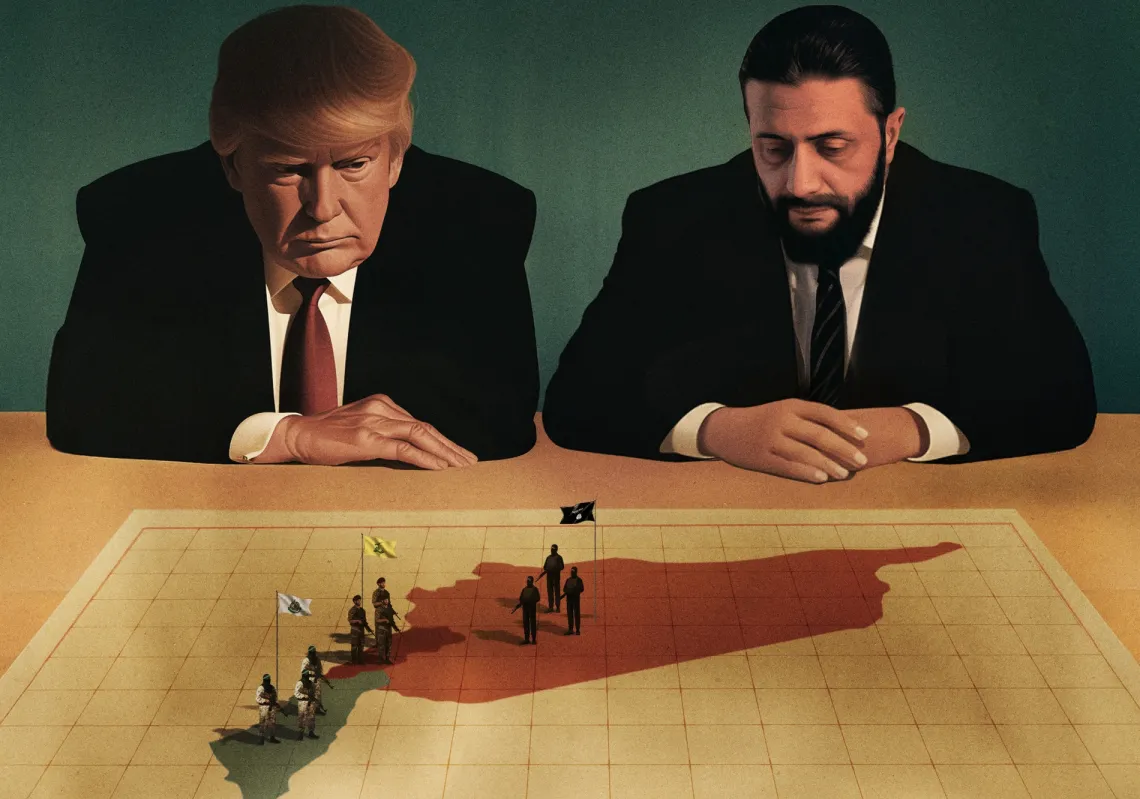Egypt is seeking to revive more than 6,000 idle factories with a new investment fund, aiming to emulate successful Asian models and end 14 years of industrial stagnation. The fund is jointly backed by the country’s central bank and major state-owned banks to restore confidence in the domestic industry. Signalling a more proactive and interventionist approach, the move suggests the kind of public-private partnerships that have revitalised production elsewhere.
The fund's core mission is to restructure and reactivate more than 6,000 financially distressed factories in response to major national challenges, including chronic underfinancing, escalating production costs, and declining competitiveness. The initiative specifically targets factories that have ceased operations or drastically reduced output. It aims to rebuild industrial capacity, create jobs, and stimulate exports by infusing capital and launching modern production lines, with the banking sector and the state effectively acting as joint investors in Egypt's industrial future.
Fighting for survival
Squeezed by mounting global and domestic economic pressures, many factories stand on the brink of collapse. According to the Ministry of Industry, around 11,000 factories nationwide are currently classified as distressed. Their survival hinges on swift, targeted intervention through accessible financing, cost-cutting, and resolving key supply-chain bottlenecks, including energy, raw materials, and logistics. Removing bureaucratic obstacles will also be essential to restoring these factories to full operational capacity.
Deputy Prime Minister Lt Gen. Kamel El-Wazir confirmed that the fund will acquire equity stakes in distressed factories according to each plant's specific needs and rehabilitation plan. Crucially, the fund retains the right to reclaim its investment once the factory stabilises and production resumes.
Alongside that, the government has introduced a package of incentives for struggling factories, including grace periods of up to 18 months. Investors may also benefit from partial or full waivers of late penalties, enabling them to build factory infrastructure, buy equipment, and obtain operating licences. The government has also authorised the reallocation of previously withdrawn land at prevailing market rates, allowing investors to utilise existing designs and feasibility studies while ensuring the continuity of industrial activity.

Establishing the rules
Economists say there needs to be a clear legal definition of what constitutes a "distressed factory," categorised by the nature of its challenges—financial, administrative, or technical. They also advise the creation of a specialised restructuring unit of industrial and economic experts, alongside accurate asset valuations, before any capital injection. Finally, they advise targeted incentives and limited guarantees to encourage private-sector participation.
Industrialists believe the financing initiative for distressed factories is timely and necessary, but caution that its success will depend on the clarity of its execution and the quality of investor facilitation. Many point to the prohibitively high cost of capital as a primary driver of industrial decline, compounded by soaring raw material prices (particularly imports), which are further exacerbated by the devaluation of the Egyptian pound and rising fuel costs. When production and transport become so expensive, competitiveness is lost.














